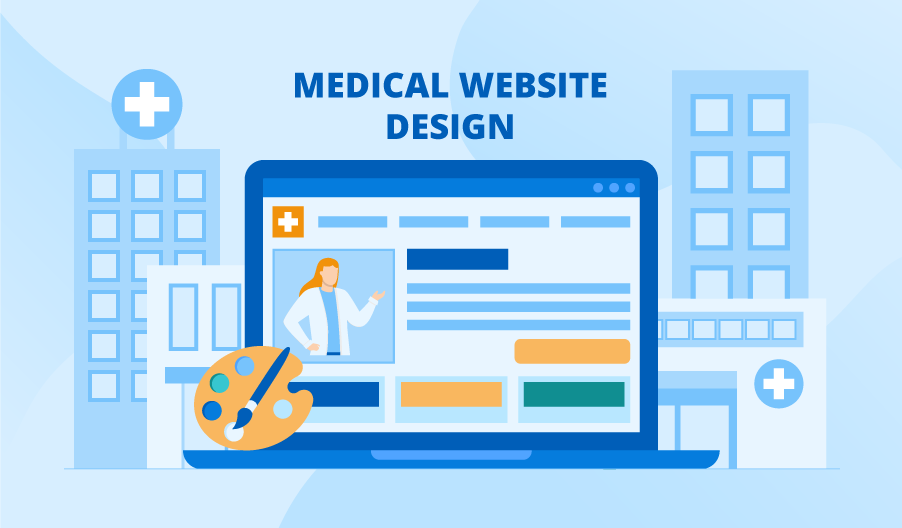Healthcare website design focuses on the main pages that your customers expect to see. These pages are important to your business objectives and should be designed to support those goals. You can create dedicated pages to highlight certain aspects of your business or industry, like the types of services you provide, or you can add them to the main navigation menu. A dentist, for example, might want to include a gallery of pictures of teeth they have corrected.
User-centric web design
A user-centric healthcare website design will help you to meet the needs of your visitors. It should cater to each stage of the treatment process. You should avoid having pop-up windows that are annoying and slow down the user’s experience. Besides, the design of the healthcare website should be able to meet the needs of patients with disabilities.
A UX-friendly healthcare website should be easy to navigate for the user and avoid medical jargon. It should also be easy for patients to search for information whenever needed. This is not an easy task, though, as healthcare websites are typically quite complex and internal politics and regulatory compliance often come into play.
HIPAA compliance
When establishing a healthcare website, it is important to think about HIPAA compliance and security. This means ensuring that all data is encrypted and that a valid SSL certificate is installed on the website. This helps prevent data leaks and hackers from reading sensitive information. You may also need to use additional data encryption services on web forms that collect or transmit patient data.
HIPAA compliance also applies to contact forms. The rules for keeping information secure are outlined in the HIPAA regulations, and all employees and business associates must be trained on the requirements of this act. Failure to provide training is a violation of HIPAA regulations.
Call-to-action
Call-to-action is an important element of healthcare website design. It helps the visitors stay on the website for a longer period of time. It also helps improve the conversion rate of the website. Besides, it helps you boost your brand awareness and establish trust among the audience. Moreover, you can include interactive forms in your healthcare website design to encourage visitors to fill them out.
Call-to-actions should be clear and compelling. They should be easy to find, and they should contain the exact action that the visitor is looking for. In addition, they should be highly visible. They should also be engaging and desirable.
Provider directory
A provider directory is an important component of any healthcare website design. It is essential to include the right information for each physician and the right tagging to boost local search. However, managing a directory involves many moving pieces and should be prioritized for user experience. A poorly designed directory can make patients frustrated and could lower the credibility of a healthcare organization.
When building a provider directory, it is important to make sure that the information is accurate and up-to-date. According to a study conducted by the Centers for Medicare and Medicaid Services, over half of provider directories contain at least one inaccuracy. Therefore, it is vital to double check any information in a directory, including the location of the provider. Additionally, you should ask yourself whether the provider is actually practicing where they state they do, and whether they accept new patients.
